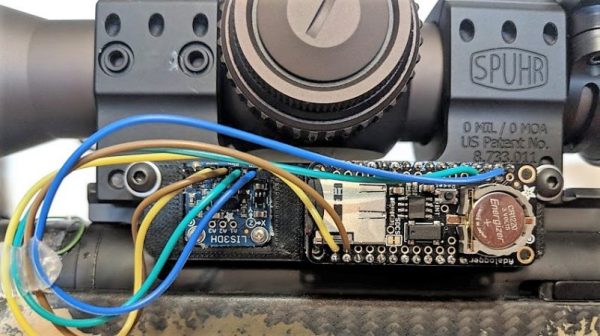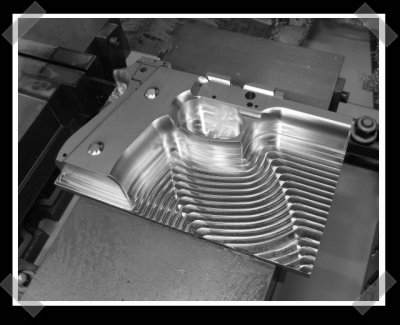[CutTransformGlue] recently posted a build video for “Making Rey’s Star Wars Blaster“, embedded after the break. The construction uses layered MDF sheets to build up the blaster, and it’s a treat to see it taking shape, ending with an amazing paint job. It’s a good way to learn about the techniques used to bring such props to life and help you hone your skills. But digging deeper led us down an awesome rabbit hole.
[CutTransformGlue] got plans for Rey’s Blaster from the Punished Props Academy – a prop and costume making team from Seattle committed to “transforming passionate fans into confident, skillful makers”. These folks have built a wide variety of projects ranging from guns, weapons, costumes, props and more, and are obviously extremely skilled at what they do. But they aren’t keeping those skills to themselves and in a series of posts and videos they are sharing with us such varied skills as Foamsmithing (gotta love that coinage), Molding, Casting, Painting, 3D printing, Vacuum Forming and electronics. If you’d like more information about supplies, check out the Tools and Materials section. And if all of this has given you the itch to build a Skyrim Wuuthrad or a Halo4 Sniper Rifle, head over to the amazing Free Blueprints section for a treasure chest full of downloads.
Like we said earlier, if building such stuff is your thing, it’s a rabbit hole from which you’ll find it extremely difficult to extract yourself. Have fun.
Continue reading “A Trove Of Cosplay Prop Making Tutorials And Blueprints”















